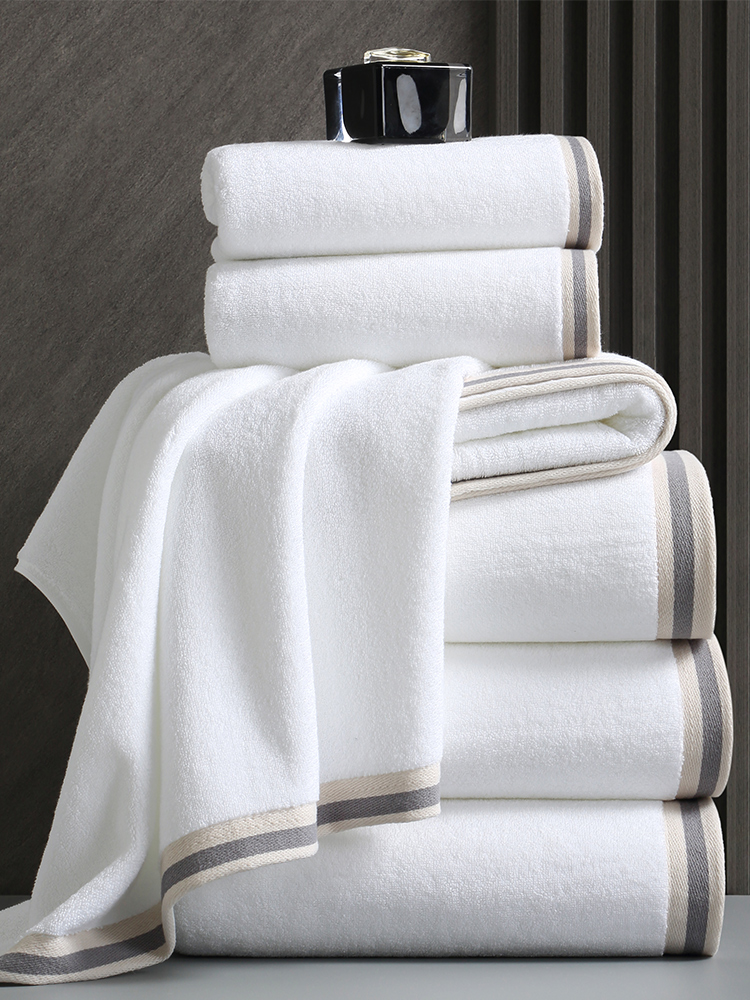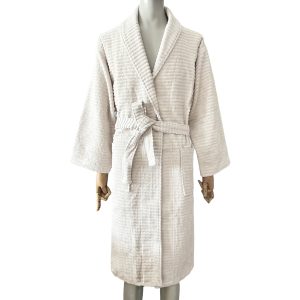Absorbency is a crucial factor in determining the quality of a towel, influencing its effectiveness in drying and overall user experience. Let’s delve into the science behind absorbency and what makes a great towel:
1. Material Matters:
- Natural Fibers (Cotton, Bamboo, Linen): Towels made from natural fibers like cotton, bamboo, and linen are highly absorbent. Cotton, especially varieties like Egyptian or Turkish cotton with long fibers, have excellent water absorption capabilities due to their structure, which allows them to trap water between the fibers.
- Microfiber: Synthetic materials like microfiber are engineered to have extremely fine fibers that can absorb moisture quickly and efficiently. Microfiber towels often outperform traditional towels in terms of absorbency per weight.
2. Construction and Weave:
- Loose vs. Tight Weaves: Towels with a looser weave tend to be more absorbent because they allow water to penetrate deeper into the fabric. However, tight weaves can also be absorbent if the fibers used are highly absorbent (like cotton).
- Double-Ply or Triple-Ply: Towels with multiple layers or plies can enhance absorbency by providing more surface area to capture moisture.
3. Surface Area and Pile Height:
- Pile Length: Towels with longer pile (the loops or threads that make up the fabric) typically have greater absorbency because they create more surface area to hold water. This is commonly seen in plush or terry cloth towels.
- Surface Texture: Textured surfaces, such as ribbed or waffle weaves, can increase absorbency by creating channels that capture and hold water.
4. Weight and Density:
- GSM (Grams per Square Meter): Towels with higher GSM generally indicate greater density and absorbency. For example, towels with a GSM of 500 or higher are considered plush and absorbent.
- Weight: Heavier towels often correlate with better absorbency, as they can hold more water without feeling saturated quickly.
5. Treatment and Fabric Enhancements:
- Pre-Treatment: Some towels undergo pre-treatments like washing with enzymes or softeners to enhance absorbency and softness.
- Quick-Drying Properties: Towels treated with technologies that enhance quick drying (such as antimicrobial treatments or moisture-wicking finishes) can improve overall absorbency by preventing saturation.
6. Care and Maintenance:
- Washing Instructions: Proper care, including washing with mild detergent and avoiding fabric softeners (which can reduce absorbency), helps maintain a towel’s ability to absorb moisture over time.
Conclusion:
Understanding the science behind absorbency can empower consumers to make informed decisions when choosing towels. Factors such as fiber type, weave structure, pile length, and fabric treatments all contribute to how well a towel absorbs water. By selecting towels that optimize these elements, you can ensure a superior drying experience and longer-lasting performance.




















